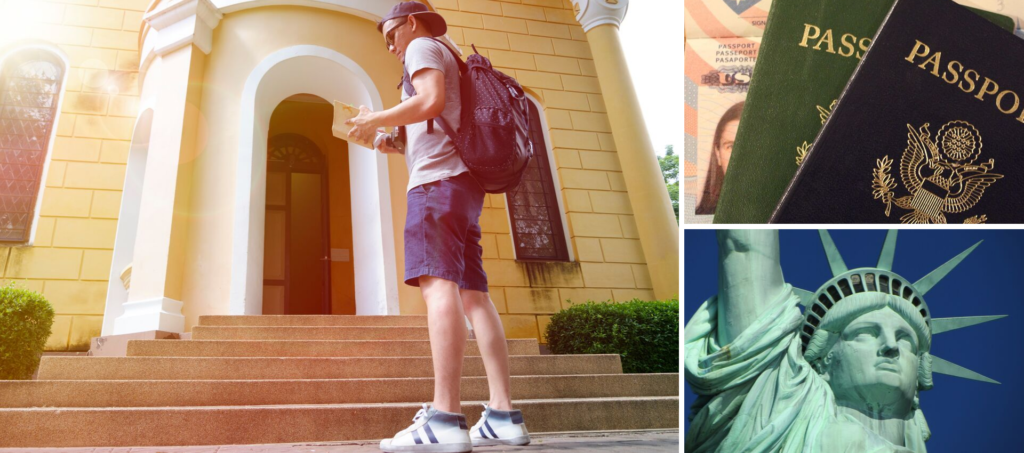The United States is one of the leading countries that provides quality education, especially in English language teaching. Hence, many international students wish to do their English language improvement classes there. However, studying in the U.S. involves a substantial investment, like tuition, housing, and food. Besides, the diversity of culture in the United States is an invitation to expand your academic horizons.
Is the last day of your English class term fast approaching and you don’t know what to do or where to go? Would you like to be productive, improve your curriculum with customer service, and to receive a salary? Would you like to improve your level of English by developing an English-speaking culture? Several university students arrive on their vacations wondering this and, like you, they are ready to change their routine and do something profitable with their free time.
More about F-1 Visa
It can be a bit complicated for students to get a job in the United States, but not impossible. International students must apply for the F-1 Visa or the J-1 Visa. Acquiring, any of these visas will depend on you. You should meet all the requirement, and you should have the resources to finance your studies without having to work. Aside from other distinct prerequisites of obtaining your F-1 visa, there are other things that you need to remember. Take into consideration the period to stay in the country and the option to study while working. This post will focus more on the latter.
Generally, immigration authorities prohibit international students with an F-1 Visa from working while they are studying. On the other hand, there are some ways that they can work and study at the same time, without violating immigration regulations. F-1 visa holders cannot work outside the campus any time in the first year of their studies. Under some situations, the U.S. Citizenship and Immigration Services (USCIS) may permit an international student to look for a job after one year of study.
The applicant for a student visa in the United States must come to the country to pursue an academic program, at an institution recognized by the United States government. A student/applicant must have a valid educational objective to come to the United States and be a full-time student. Typically, the F-1 student visa is issued at the consulate or the U.S. embassy in the student’s country of origin.
Travel with an F-1 student visa
International students may enter the United States several times if they have a valid F-1 student visa. Students with an F-1 visa must have have all the necessary documents and signed authorizations. This is to avoid problems entering in the U.S. People with an F-1 Visa can also travel freely within the United States.
Work with an F-1 student visa
Students can work on campus, but they should be enrolled in the school. Students can apply for a Curricular Practical Training (CPT) to gain experience in their field of study while they are full-time students. They can take the opportunity to do an Optional Practical Training (OPT) once they have completed their degree.
In summary, although U.S. immigration laws can prohibit students from working and studying at the same time, there are some ways to get it done legally. You have to explore the possibilities. If you have more questions about the student visa process, an academic adviser at your school can be a great resource or contact an immigration lawyer. In terms of making sure you have the right program or if you wish to study and enhance your English Language proficiency in the United States, visit POLY’s program or contact us to assist you better.




